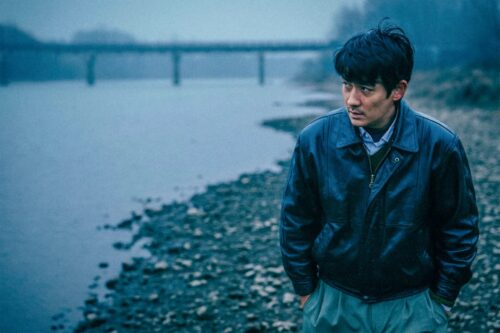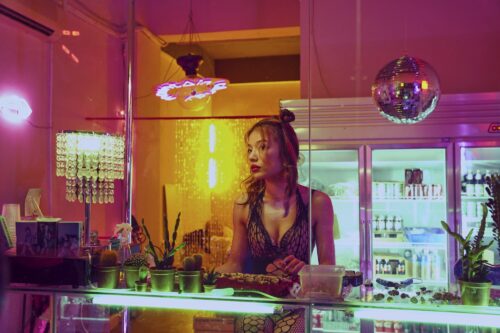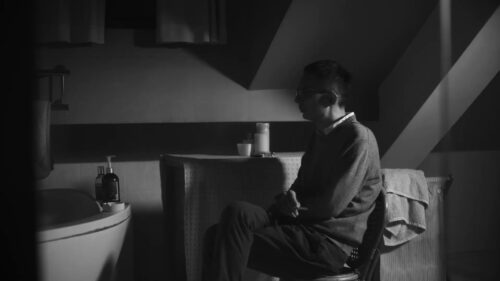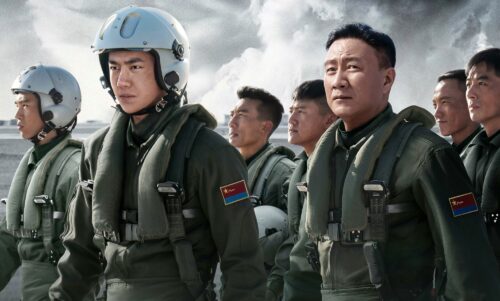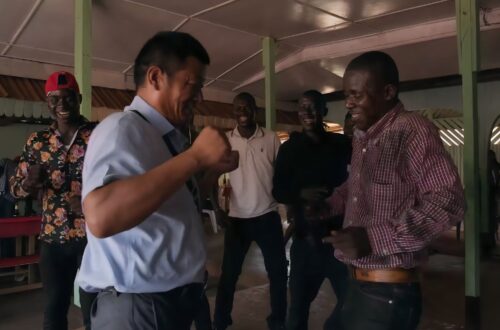‘Flowers of Shanghai’: Hou Hsiao-Hsien’s dreamy reconstruction of late-Qing decadence
Hou Hsiao-hsien’s 1998 film "Flowers of Shanghai," which follows the lives of courtesans from four different Qing-era "flower houses," has just been rereleased in a 4k restoration.
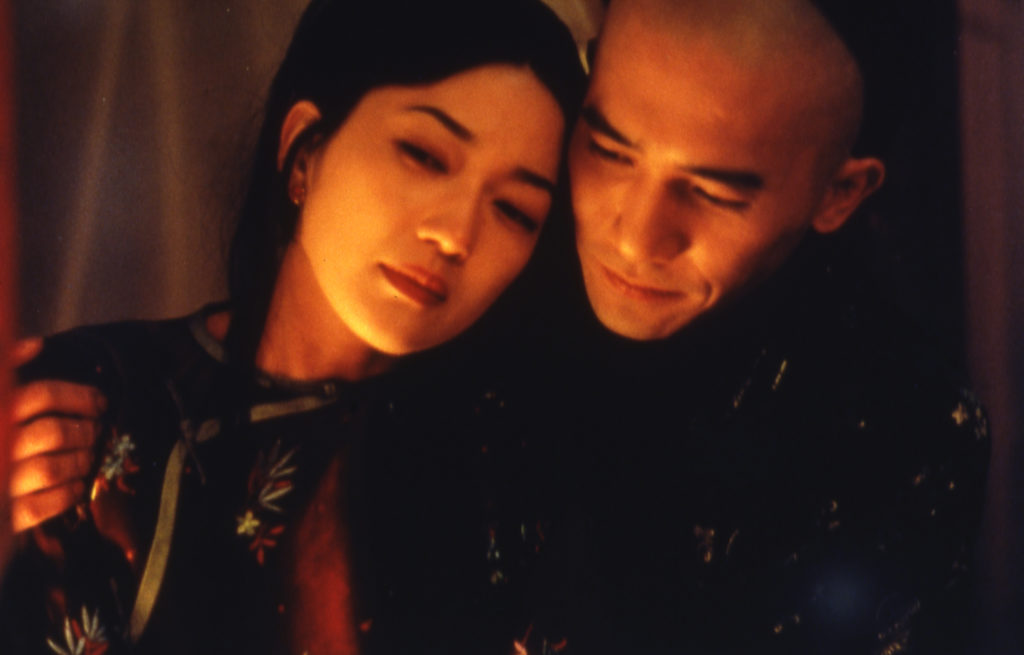
Even though its admirers have included the likes of Lǔ Xùn 鲁迅 and Eileen Chang (张爱玲 Zhāng Àilíng), Hán Bāngqìng’s 韩邦庆 The Sing-song Girls of Shanghai (海上花列传 hǎishàng huā lièzhuàn) has never been a widely-read novel. Han, a journalist who frequented the “flower houses” of fin-de-siecle Shanghai, took inspiration from his own experiences with these special brothels. The English title refers to a kind of courtesan — also known as a flower girl — who would entertain, sing, and have sex with patrons. These women were bought and groomed into their trade as children, and their patrons were the city’s wealthy, elite men. Han’s novel reveals this decadent, dreamy world in great detail, using what literary scholar David Der-wei Wang 王德威 (Wáng Déwēi) has called a “matter-of-fact style” to depict its many love affairs, banquets, and opium binges.
While the original book puts the words of the courtesan in the Wu dialect, Eileen Chang’s Mandarin translation has made it accessible for many more readers. Taiwanese director Hou Hsiao-hsien’s Flowers of Shanghai (海上花 hǎishàng huā) (1998) draws on this translation for its script by frequent collaborator Chu Tien’wen (朱天文 Zhū Tiānwén). Hou’s rendition, recently rereleased in a 4K restoration, follows the lives of courtesans from four different flower houses. The courtesans, contrary to the appearances they have to keep, are miserable. Emerald is a woman who dreams about being free, indebted to the madam who brought her up. Another, Jade, wants to commit suicide with a man who won’t marry her.
Of all the characters who float in and out of the film, Master Wang (Tony Leung Chiu-wai 梁朝伟 Liáng Cháowěi) and his lovers Crimson (Michiko Hada) and Jade (Vicky Wei 魏筱惠 Wèi Xiǎohuì) are the ones we spend the most time with. Wang has spent three or four years of his life with Crimson. She depends on him to support her parents and brother but her actual feelings about Wang are cold. When he proposes marriage to her, the man has his heart broken. Still, even when he pursues Jade, Wang can’t stop obsessing over Crimson. He wonders where her money goes, and whether she might be seeing someone else. As Crimson’s only caller, Wang also struggles with the obligation that he has to continue supporting her, otherwise she’ll starve.
Under their oil lamps and opium smoke, the flower houses seem like a hazy world of their own, gates into a fantasy devoted to nothing but love and pleasure. The courtesans and patrons make little reference to outside events, and it isn’t clear, other than the mention of a single date in 1884, how much time passes over the course of the film in these little self-contained fairylands. Underneath the allure, however, a relationship like Crimson and Wang’s shows how artificial this world really is. The flower girls are slaves, at the mercy of their patrons and “aunts,” the older women who take their earnings, beat them for the slightest transgression, and own their bodies until they’re married and debt-free.
Across its 30 or so scenes, Flowers of Shanghai is made up of the static, long takes that Hou’s beloved Ozu Yasujiro was renowned for. The shots are elegant and precisely framed, evoking the luxurious atmosphere of the flower houses. These buildings appear extravagant with their fancy decor and furniture, their beautifully-dressed courtesans, their large tables and neat little teacups. At the same time, the film’s limited shots make the flower houses cramped and dark spaces. The effect comes across as inviting, but claustrophobic.
As you’d expect from Hou, Flowers of Shanghai is elliptical when it comes to its storytelling. There are plot points only alluded to off-screen, or mentioned by minor characters in off-hand conversations. We never actually see, for example, the physical beatings the courtesans suffer. In a film that never leaves the confines of the flower house, there isn’t a single sex scene, either. Even a raunchy picture from The Golden Lotus (金瓶梅 jīn píng méi), shown off by one of the courtesans, is left to the viewer’s imagination.
This conciseness makes the film hard to follow at times, and I would say it’s difficult to fully appreciate in a single viewing, when there are so many things that might escape your attention. Yet Flowers of Shanghai is worth the patience. Despite the tedium of some of its scenes, the film draws you into its spell with its technical skill and rich subtext. Compared to Winstar’s blurry 2002 DVD release, the new restoration is prettier and sharper, giving you all the more reason to revisit the brilliance of Flowers of Shanghai.
At the time of this writing, the 4K restoration of Flowers of Shanghai is playing in virtual theaters in the United States. Looking at its page on the Janus Films website, there’s no release date for VOD services yet.

